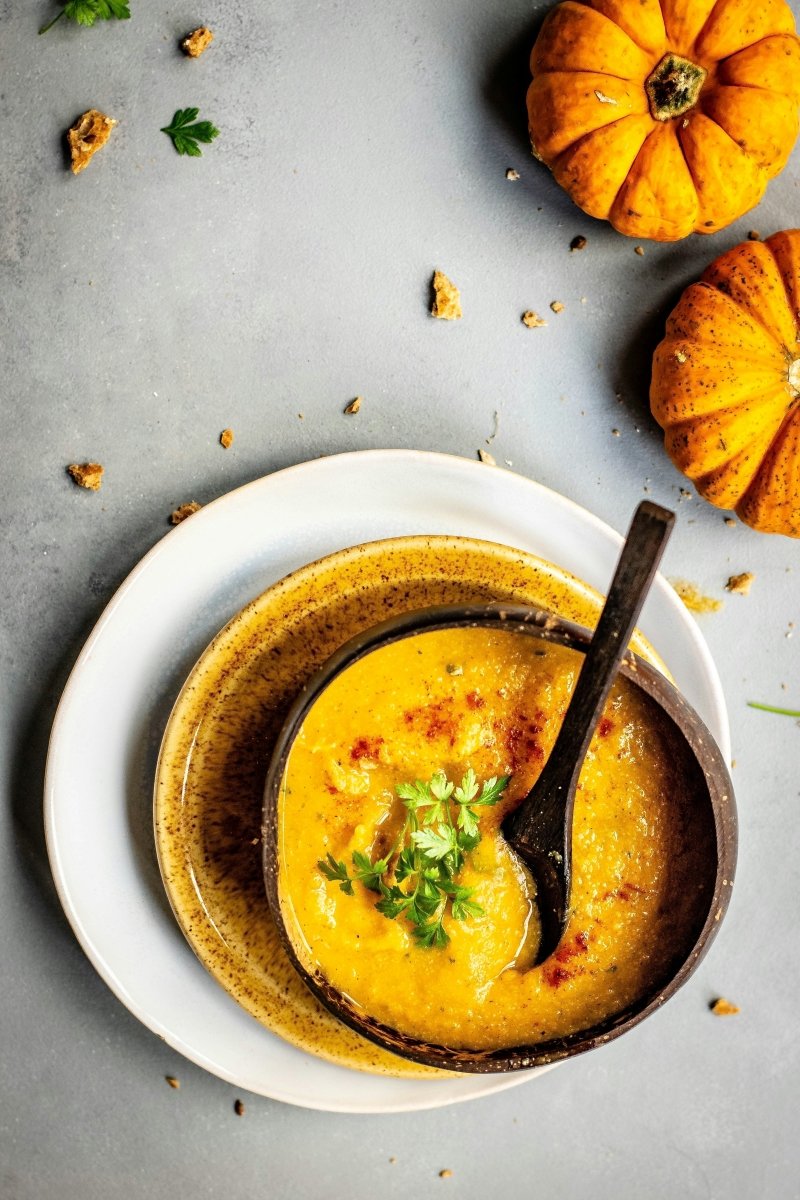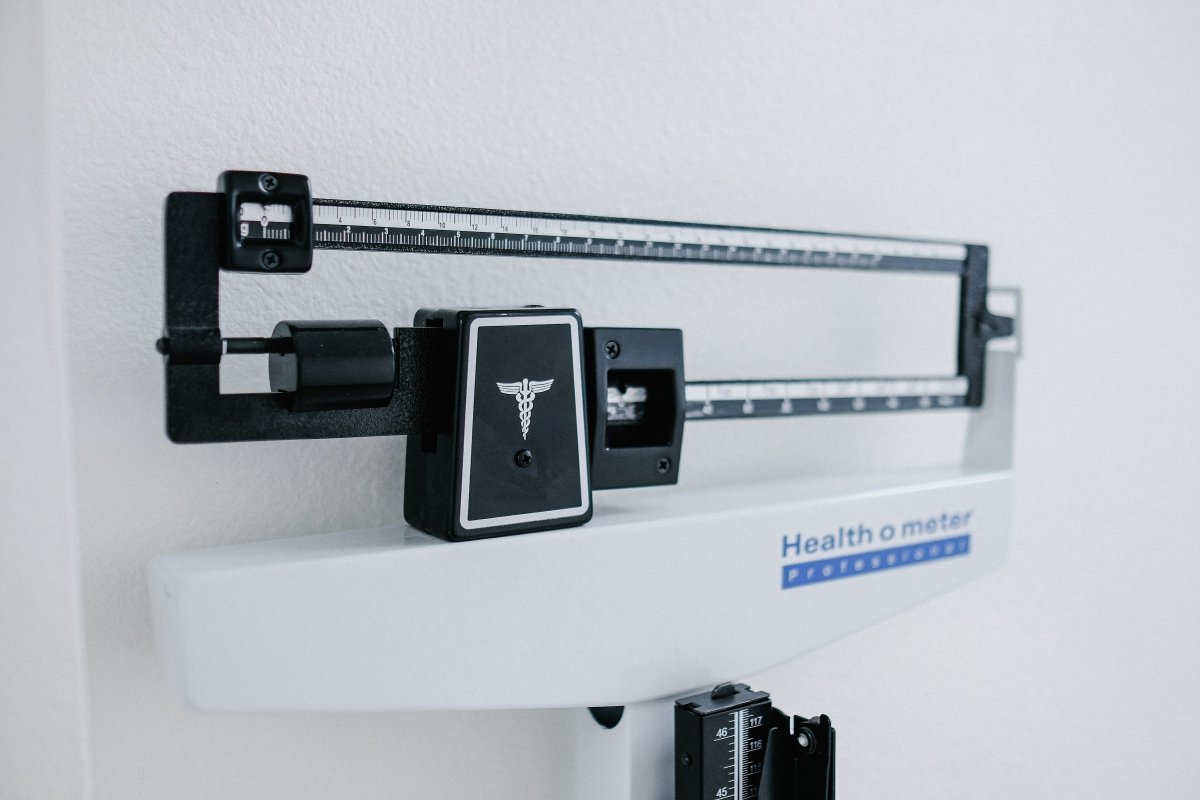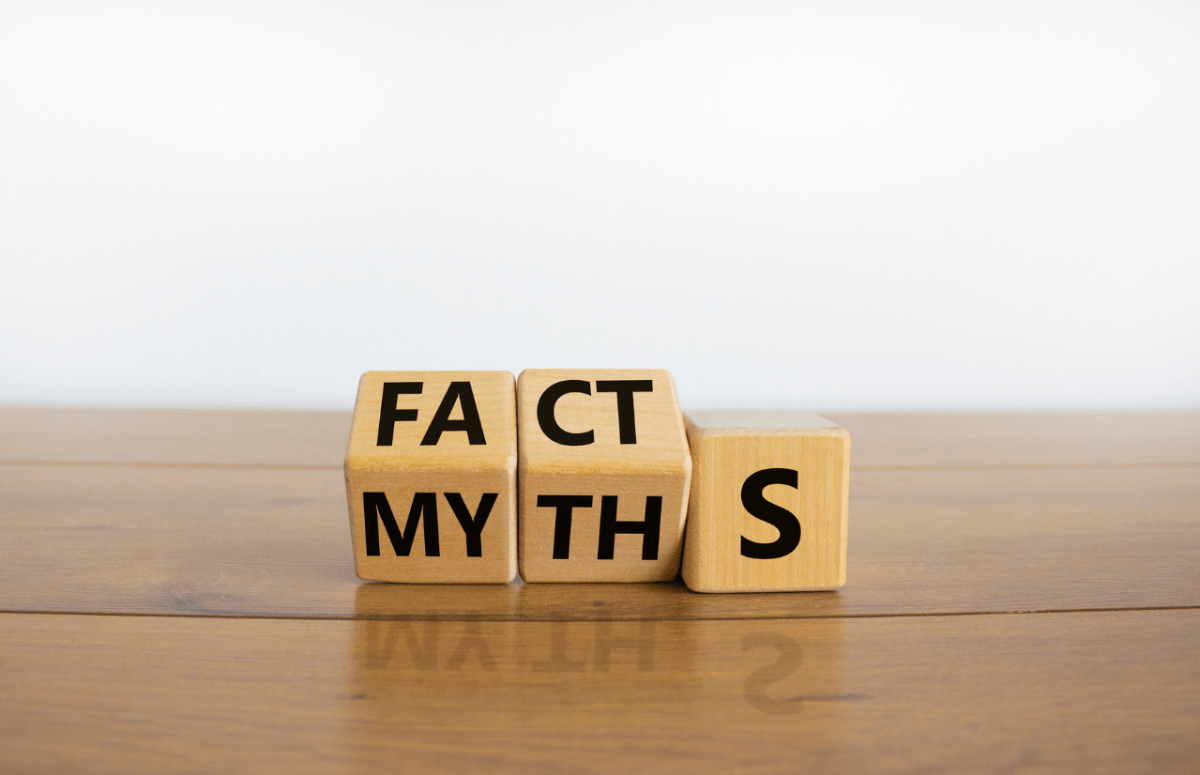As the UK moves into cooler, darker months, many of us crave hearty dishes and cosy nights in. You can enjoy seasonal comfort foods and still keep your weight loss on track. The key is smart swaps, sensible portions, and a little meal planning that keeps protein, fibre, and micronutrients front and centre. Below you will find practical recipes and shopping tips for UK autumn produce, evidence-backed strategies for portion control, guidance on supplements and treatments that support energy, and a ready-to-use meal plan with macro and micronutrient insights.
Shop the Season. Fill your basket with UK autumn produce
Eating with the seasons is cost-savvy, tastier, and naturally supports a higher-fibre, higher-micronutrient pattern. In the UK from September to November, look for: brassicas (kale, cabbage, broccoli), roots (carrots, beetroot, parsnips, swede), leeks, onions, squash and pumpkins, apples, pears, and mushrooms. The British Dietetic Association keeps an at-a-glance seasonal guide you can check before you shop. British Dietetic Association
Build meals around the Eatwell Guide proportions. Aim for plenty of vegetables and fruit, some higher-fibre starchy carbohydrates like oats, potatoes with skin, and wholegrain bread or pasta, plus lean proteins. This plate model is the UK’s official healthy eating framework. nhs.uk+2GOV.UK Assets+2
Practical shopping tips
-
Choose a veg-heavy base first. Then add protein and wholegrains around it. This keeps energy density lower while maintaining volume and satisfaction. nhs.uk
-
Batch-buy hardy veg that store well. Squash, onions, carrots, and cabbage last for weeks, which cuts cost and food waste. British Dietetic Association
Comfort food, made lighter. Healthy takes on UK-favourite autumn dishes
A smart way to enjoy comfort food without derailing progress is to lower energy density and lift fibre and protein. Classic research shows that soups and veg-rich, water-rich meals reduce total energy intake while keeping portions generous. ScienceDirect+1
Warming soups
-
Roasted butternut and lentil soup. Roast squash, onions, and carrots. Blend with red lentils, vegetable stock, and thyme. Garnish with a spoon of 0% Greek yoghurt for creaminess without cream. Lentils add protein and soluble fibre for fullness. Evidence suggests low-energy-dense soups eaten before or as a meal reduce intake at that meal. ScienceDirect
Hearty stews
-
Lean beef and root veg stew. Use smaller amounts of lean beef for flavour, then bulk with swede, parsnips, carrots, mushrooms, and pearl barley. Cooking methods that add water and vegetables lower the meal’s energy density. ResearchGate
-
One-pot mushroom, barley and kale. A plant-forward option with umami richness. Barley’s beta-glucan and veg fibre help satiety. Fibre intake is consistently linked with improved weight-related outcomes. American Journal of Clinical Nutrition
Roast dinners
-
Roast chicken with tray-bake veg. Season skin-on chicken legs or breast, roast over a tray of carrots, onions, and Brussels sprouts. Add extra veg volume and swap half the roasties for celeriac or parsnips. Keep gravy portions modest. Using larger portions of veg and broth-based sides supports fullness for fewer calories. ResearchGate
High-protein swaps that help fullness
Protein helps with meal satisfaction. Meta-analytic evidence shows higher protein increases perceived fullness and can influence appetite hormones. Try adding pulses, Greek yoghurt, tofu, fish, poultry, or eggs to autumn dishes. ScienceDirect+1
Portion control that works for hearty meals
You do not need tiny plates or strict weighing for every meal. Use simple UK-based portion frameworks.
-
Use the Eatwell Guide as a weekly compass, not a rigid rule for every plate. Over a day or week, keep veg and fruit plentiful, choose higher-fibre starchy carbs, include some lean or plant proteins, and small amounts of unsaturated oils. GOV.UK Assets+1
-
Handy visual guides. The British Dietetic Association and British Nutrition Foundation offer practical portion size guidance for common foods. These are helpful starting points to right-size roast meats, potatoes, and pasta. British Dietetic Association+1
-
Lower energy density, same comfort. Start meals with a veg-packed soup or salad. Use stock, tomatoes, herbs, and spices for flavour instead of excess fats. Research shows this approach reduces meal energy intake while allowing satisfying portions. ScienceDirect+1
-
Protein on every plate. A palm-sized portion of lean meat, two eggs, a fillet of fish, ¾ cup cooked beans or lentils, or a 170 g pot of high-protein yoghurt helps satiety. Evidence links higher protein meals to greater fullness. ScienceDirect
Supplements and treatments that support energy in autumn
Shorter daylight and more indoor time can affect vitamin D status and energy levels. Screening for correctable deficiencies can be a game-changer if you feel persistently fatigued.
-
Vitamin D. The NHS advises that everyone consider a daily 10 microgram vitamin D supplement during autumn and winter because sunlight is not strong enough for adequate synthesis. This supports bone and muscle health and can help with general energy. Speak with your pharmacist if you are on other medicines. nhs.uk
-
Iron and vitamin B12. If you are unusually tired, short of breath, or often dizzy, ask a clinician about iron deficiency or vitamin B12 deficiency. Do not self-treat high-dose iron or B12 without testing. Follow NHS guidance and local pathways. nhs.uk+1
-
Who may need extra support. Vegans, some older adults, those with restrictive diets, or people with malabsorption conditions can be at higher risk of B12 deficiency. Fortified foods or supplements may be advised after testing. UHCW
About prescription weight-loss treatments
If you are using pharmacist- or clinician-prescribed weight management treatments, plan meals that prioritise protein, fibre, and hydration. Many patients find smaller, protein-rich meals with veg help comfort and fullness. Always follow the prescribing information and your clinician’s advice. The Eatwell Guide remains a useful backdrop for balanced choices. nhs.uk
5) A 3-day autumn meal plan. Macro and micronutrient insights
Who this suits
This example targets roughly 1,600 to 1,900 kcal per day for general guidance. Adjust portions to your needs, medication plan, and activity. Use it as a template, not a prescription.
Key themes across days
-
Protein about 20 to 30 g per main meal, plus protein at snacks, to support satiety. Evidence supports higher protein for fullness. ScienceDirect
-
Fibre 25 to 35 g daily from oats, barley, beans, lentils, veg, fruit, and nuts. Higher fibre intake relates to better weight outcomes and cardiometabolic health. American Journal of Clinical Nutrition
-
Micronutrients from seasonal brassicas and roots for vitamin C, K, folate, and potassium. Include oily fish once in the plan for omega-3, and consider vitamin D as advised in autumn and winter. nhs.uk
Day 1
-
Breakfast: Apple and cinnamon porridge made with rolled oats, semi-skimmed milk, grated apple, and a spoon of ground flax.
Approx macros: 420 kcal. Protein 18 g. Fibre 9 g.
Micros: Manganese, thiamin, calcium, omega-3 ALA from flax. -
Lunch: Roasted butternut and red-lentil soup with a slice of wholegrain sourdough.
Approx macros: 500 kcal. Protein 24 g. Fibre 14 g.
Why it helps: Low energy density soup supports fullness. ScienceDirect -
Snack: 0% Greek yoghurt with pears.
Approx macros: 180 kcal. Protein 17 g. Fibre 5 g. -
Dinner: Tray-bake chicken, Brussels sprouts, carrots, and a small portion of roasted potatoes.
Approx macros: 650 kcal. Protein 35 g. Fibre 10 g.
Day 2
-
Breakfast: High-protein yoghurt bowl with oats, chopped nuts, and berries.
Approx macros: 450 kcal. Protein 28 g. Fibre 8 g. -
Lunch: Mushroom, barley and kale one-pot.
Approx macros: 550 kcal. Protein 22 g. Fibre 12 g. -
Snack: Two oatcakes with cottage cheese.
Approx macros: 200 kcal. Protein 12 g. Fibre 3 g. -
Dinner: Salmon fillet, lemon and dill. Served with steamed broccoli, carrots, and a small baked potato.
Approx macros: 620 kcal. Protein 35 g. Fibre 10 g.
Day 3
-
Breakfast: Veg-loaded omelette with mushrooms, peppers, and spinach. One slice wholegrain toast.
Approx macros: 430 kcal. Protein 28 g. Fibre 6 g. -
Lunch: Leftover barley stew or minestrone. Add a side salad with olive oil and vinegar.
Approx macros: 520 kcal. Protein 20 g. Fibre 12 g. -
Snack: Apple and a small handful of almonds.
Approx macros: 220 kcal. Protein 6 g. Fibre 6 g. -
Dinner: Turkey chilli with beans. Topped with yoghurt. Side of roasted celeriac and carrots.
Approx macros: 700 kcal. Protein 40 g. Fibre 14 g.
Portion control built in
-
Soup starter on one or two days keeps volume high while nudging calories down. ScienceDirect
-
Each main includes a palm-sized protein. This aligns with satiety evidence and helps preserve lean mass during weight loss. ScienceDirect
-
Roots and brassicas supply fibre, potassium, folate, and vitamin C. Fibre supports weight management and glycaemic control. American Journal of Clinical Nutrition+1
Conclusion
Autumn can be your most satisfying season for weight loss. Shop seasonal veg, lean into soups and stews that are big on volume and low in energy density, right-size heartier portions using simple visual cues, and prioritise protein and fibre for fullness. Consider vitamin D in line with NHS guidance, and speak with a pharmacist or clinician if fatigue persists or you are exploring prescription weight-loss options. With a few tweaks, classic comfort food becomes a powerful ally for your goals.
References
-
British Dietetic Association. Seasonal fruit and veg guide. British Dietetic Association
-
NHS. The Eatwell Guide. nhs.uk
-
GOV.UK and Food Standards Agency. Eatwell Guide booklet and resources. GOV.UK Assets+1
-
Rolls BJ and colleagues. Energy density, soups and meal intake. ScienceDirect+1
-
Kohanmoo A, Faghih S, Akhlaghi M. Effect of protein consumption on appetite and gastrointestinal hormones. Systematic review and meta-analysis. Europe PMC
-
Journal of the Academy of Nutrition and Dietetics. Meta-analysis on increased protein intake and fullness. ScienceDirect+1
-
American Journal of Clinical Nutrition. Umbrella review on dietary fibre and health outcomes. American Journal of Clinical Nutrition
-
NHS. Vitamin D advice for autumn and winter. nhs.uk
-
NHS. Iron deficiency anaemia. NHS. Vitamin B12 or folate deficiency anaemia. nhs.uk+1





يشارك:
Protein and Portion Control - The Winning Combo
Winter Gut Health: How to Support Your Digestion and Immunity Through the Colder Months